Exhibition
Exhibition
Gernes
In November and December 1970, Poul Gernes held four exhibitions that, ideologically, formed a cohesive whole and had an educational purpose beyond merely displaying the exhibited items.
The first exhibition, which opened in mid-November, consisted of painted series of circles on squares, featuring around 40 paintings in total. About a week later, the exhibition was changed to approximately 30 paintings of squares on squares. After another week, it was changed to a large number of paintings – about 80 – featuring circles, squares, and stripes as structural elements. In these paintings, he demonstrated the freedom he had achieved with colour after having gone through strict systems. In mid-December, this was followed by an exhibition of everyday objects and various types of pictures. There was a connection between the four exhibitions, but also a distance. The greatest distance was between the first three and the fourth exhibition.
Regarding this, he states that in the art world, one can operate with the concepts of commercial exhibitions and prestige exhibitions, and the first three were distinctly commercial exhibitions. This was related to the fact that the art dealer had largely preferred this option over prestige exhibitions.
The commercial nature of the first exhibitions was emphasized by the way the paintings were hung. In the exhibition of squared squares, some paintings were hung diagonally. The entire setting was meant to resemble a fashionable gallery sale. The dense hanging of paintings in the third exhibition further emphasized its commercial character. In contrast, the fourth exhibition was deliberately a pure prestige exhibition. In its opposition, it essentially said in vulgar Danish: “to hell with fine art.”
The fourth exhibition was an exhibition of everyday objects. There were 300 women’s dresses from the fashion store Deres hung on clothing racks, as well as shoes and boots placed on windowsills. There was also diving equipment, and two scuba divers as fully dressed mannequins. There were helmets and shoes for an actual diving suit.
A juice cooler offered a choice between two kinds of juice: raspberry in one and orange in the other. There were five parrots, large and in different colours, including a green, a blue, and a white one. There was also a soap bubble machine – an old idea he wanted to use at an exhibition in Finland in 1968. Additionally, there was a model glider with a wingspan of 4 meters.
There were also various types of pictures. There was a large sheet of butterflies. From a work about moths, he had cut out the most beautiful images, arranging them not as a collage but like butterfly collectors do, pinned and framed. He had also bought a large quantity of die cut paper scraps and arranged them beautifully in a frame.
There was a comic book, which he had bought in the Netherlands. It was about visions of the future, Martians fighting earthlings, and it was bought in two copies to be displayed in sequence, as one would flip through the pages. There were Persian carpets in beautiful reproductions, also collected in large quantities and displayed side by side on sheets. There were educational charts, used in schools in the old days – one with mosquitoes, another with a dandelion, both greatly enlarged. They were remarkably beautiful.
Finally, he had an anchor and a whole lot of rope for that anchor, which he somehow managed to hang from the ceiling. It hung like a window decoration element but was an essential part of the exhibition because it provided a unifying and softening element that seemed to bring the other elements together. There was also music playing from a cassette tape recorder, alternating between beat music and baroque music.
When the fourth exhibition essentially said, “to hell with fine art,” it was not directed against the image as such. Poul Gernes believes that there should still be images, but there is something frustrating about the current situation with images, particularly in the context of commercial painting sales. It is not the act of making pictures that he opposes – he is very eager to do that. But at the same time, he states that the pictures he makes are no better than those he cuts out of booklets and books.
Here, he seeks to break down the hierarchy surrounding pictures created by artists. However, he holds the same standards for the pictures he takes from booklets and books as he does for his own work and for art in general: they must be beautiful and provide an experience.
Jane Pedersen: Der er dejligt i Danmark – viser Poul Gernes. Copenhagen 1971 p. 114-6. Excerpt. Translation by Klara Karolines Fond.

Gernes
Photo: Asger Sessingø
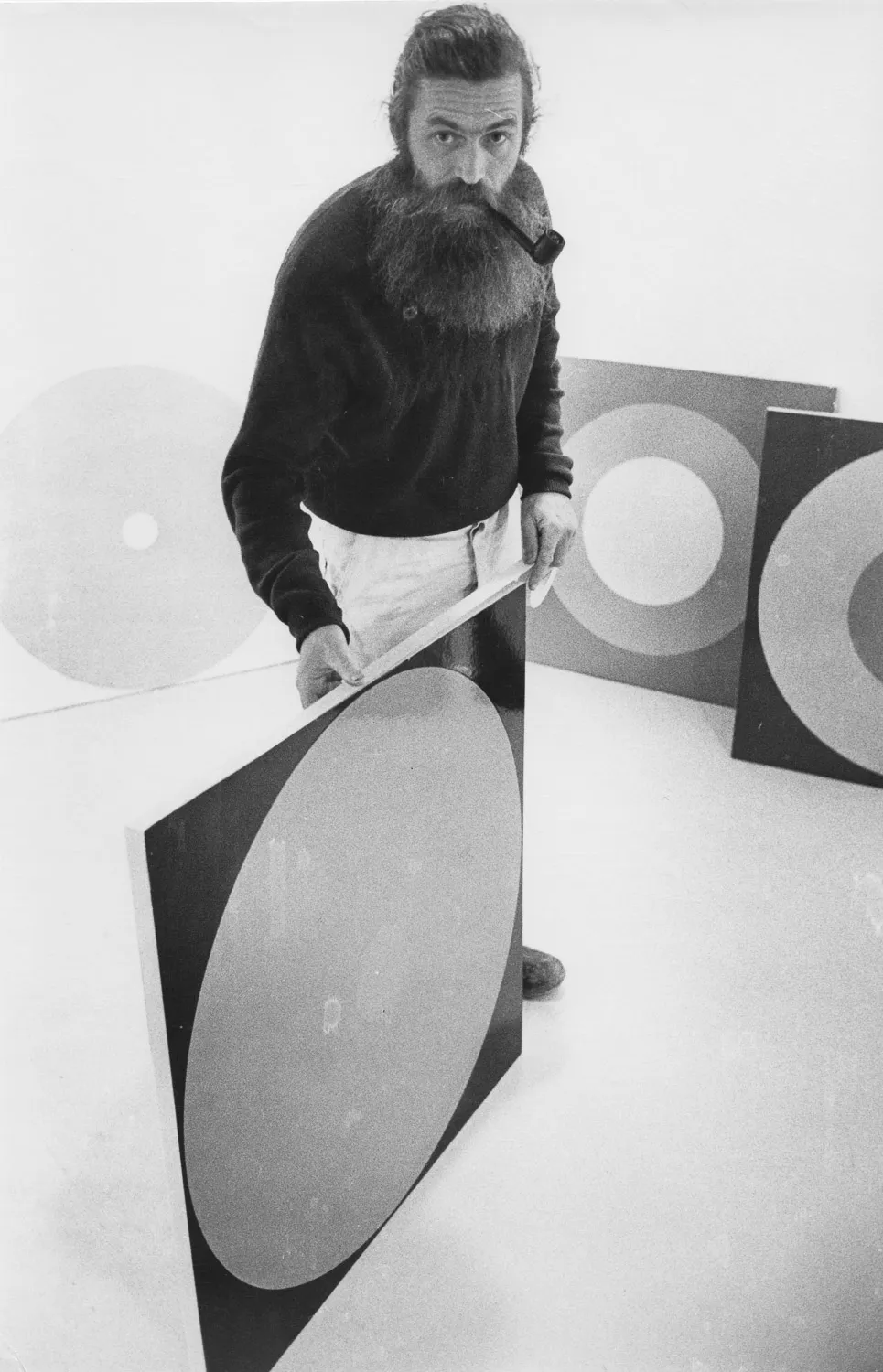
Gernes
Photo: Asger Sessingø
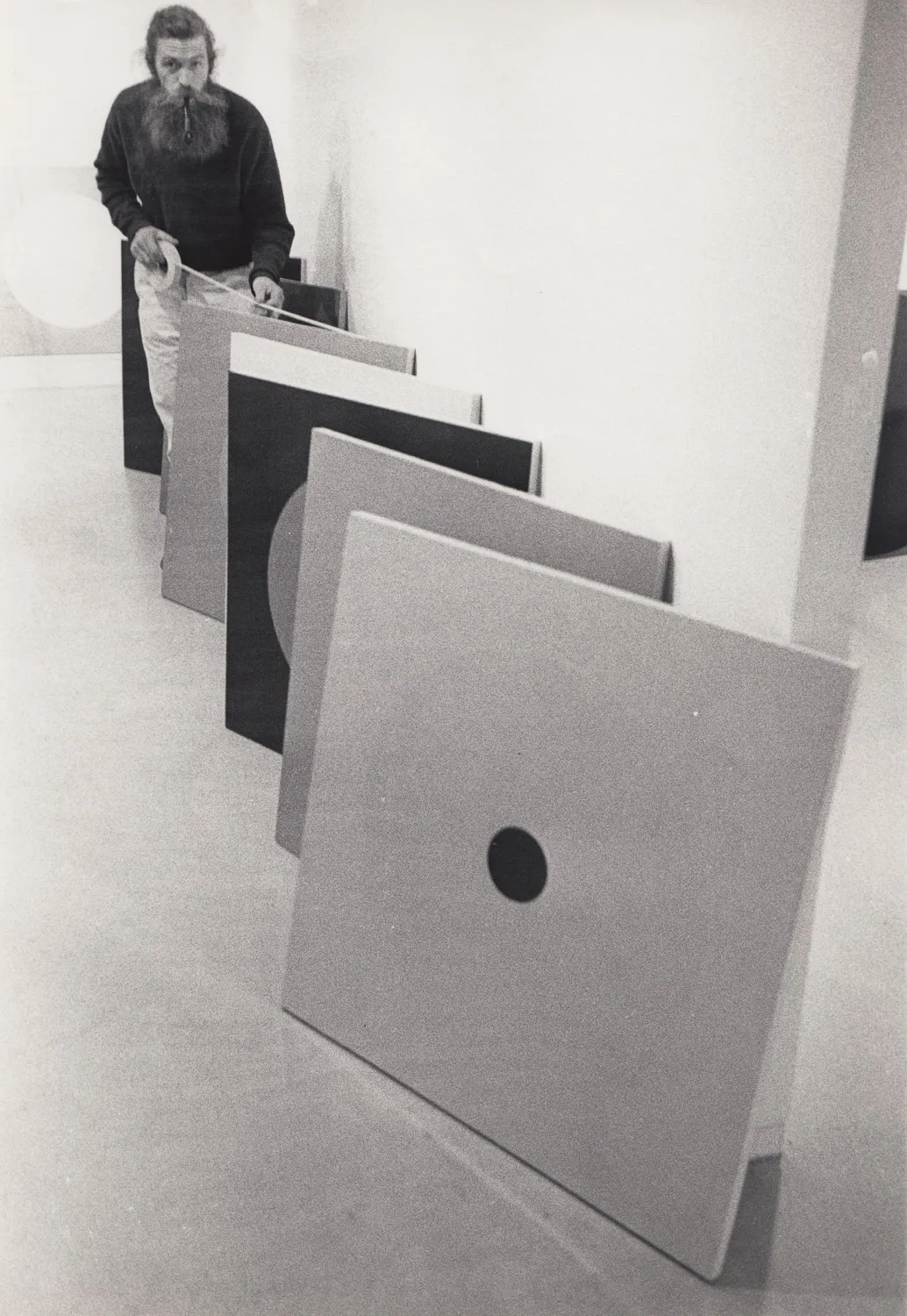
Gernes
Photo: Asger Sessingø
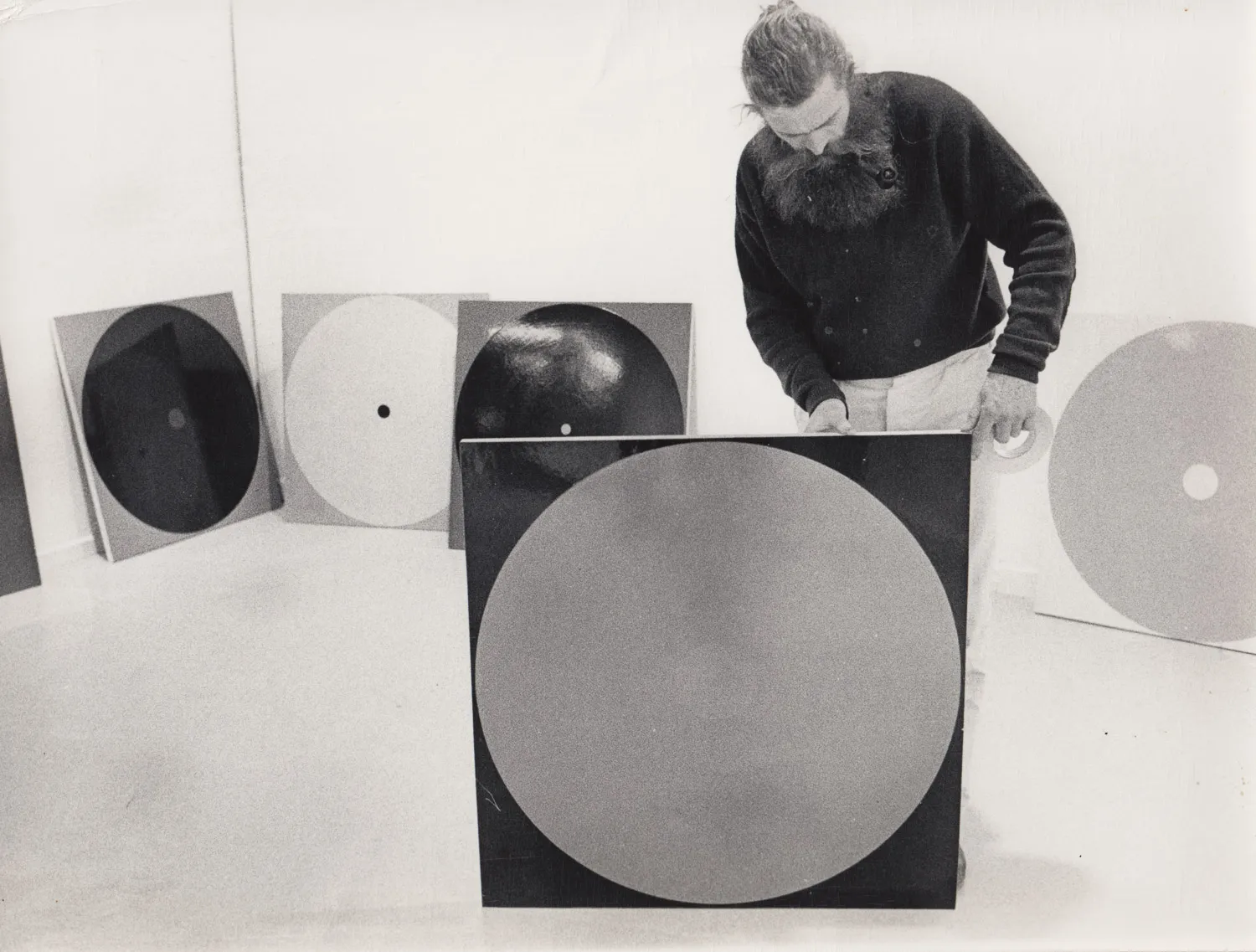
Gernes
Photo: Asger Sessingø

Gernes
Photo: Asger Sessingø
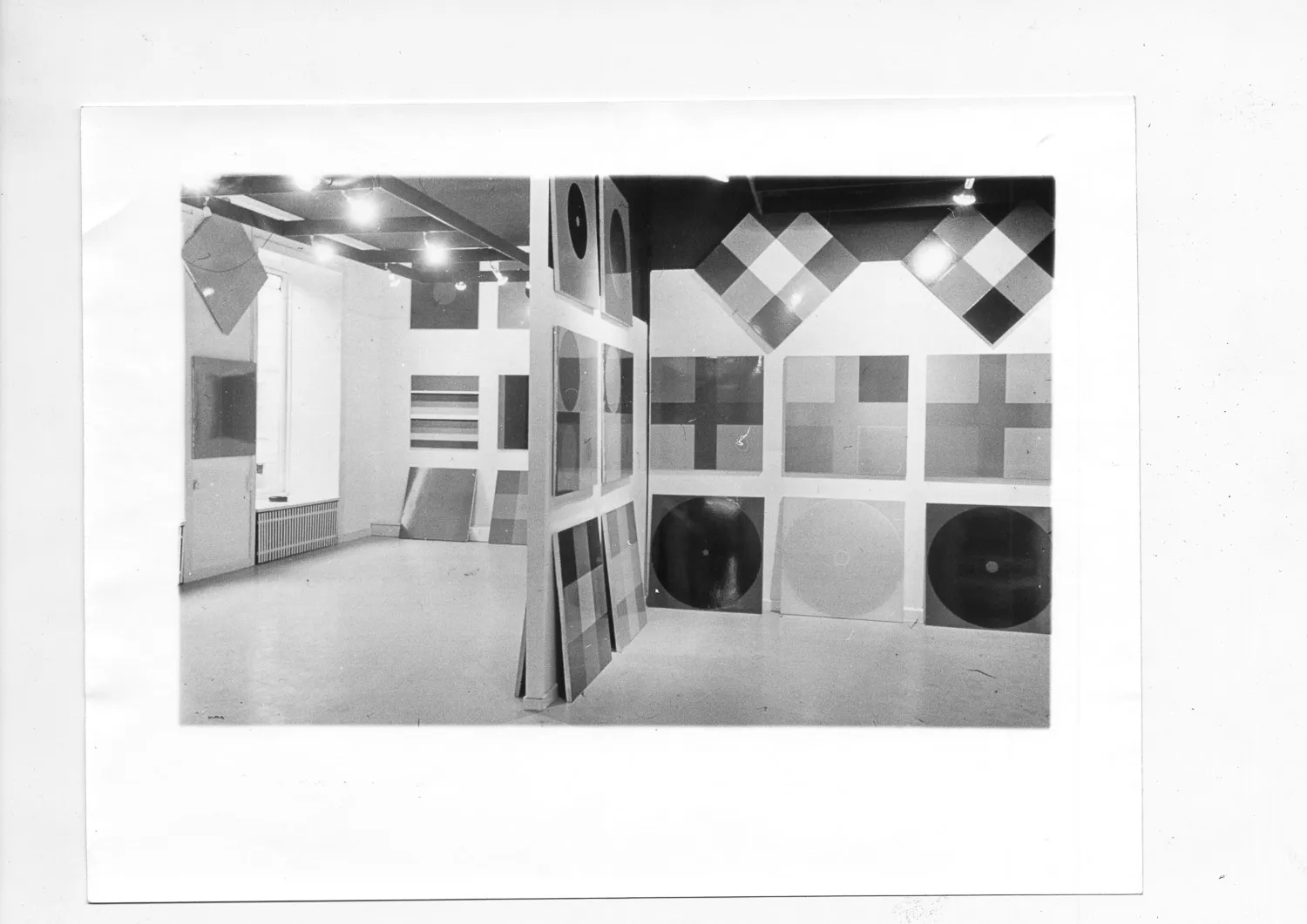
Gernes
Photo: Asger Sessingø
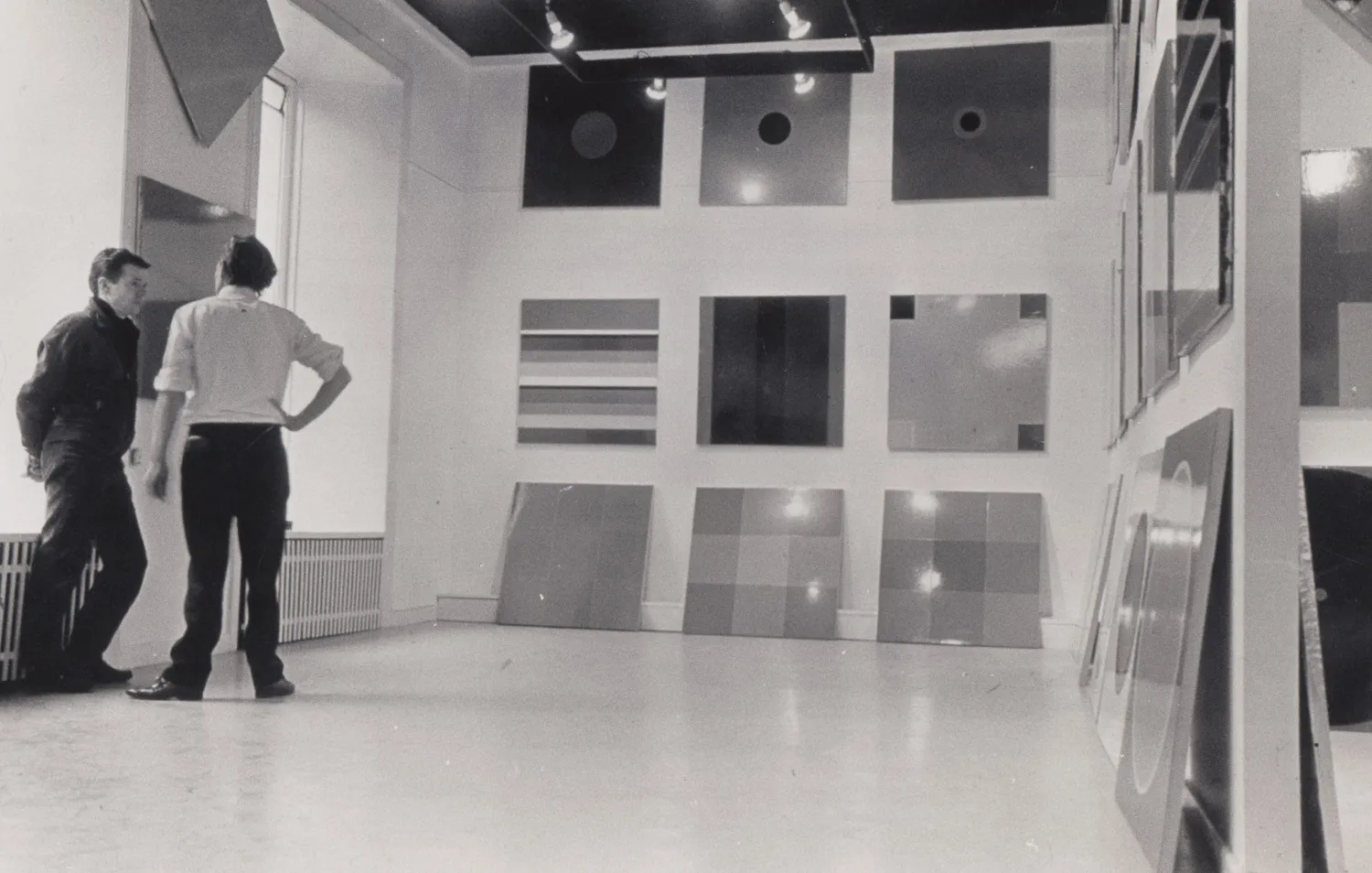
Gernes
Photo: Asger Sessingø
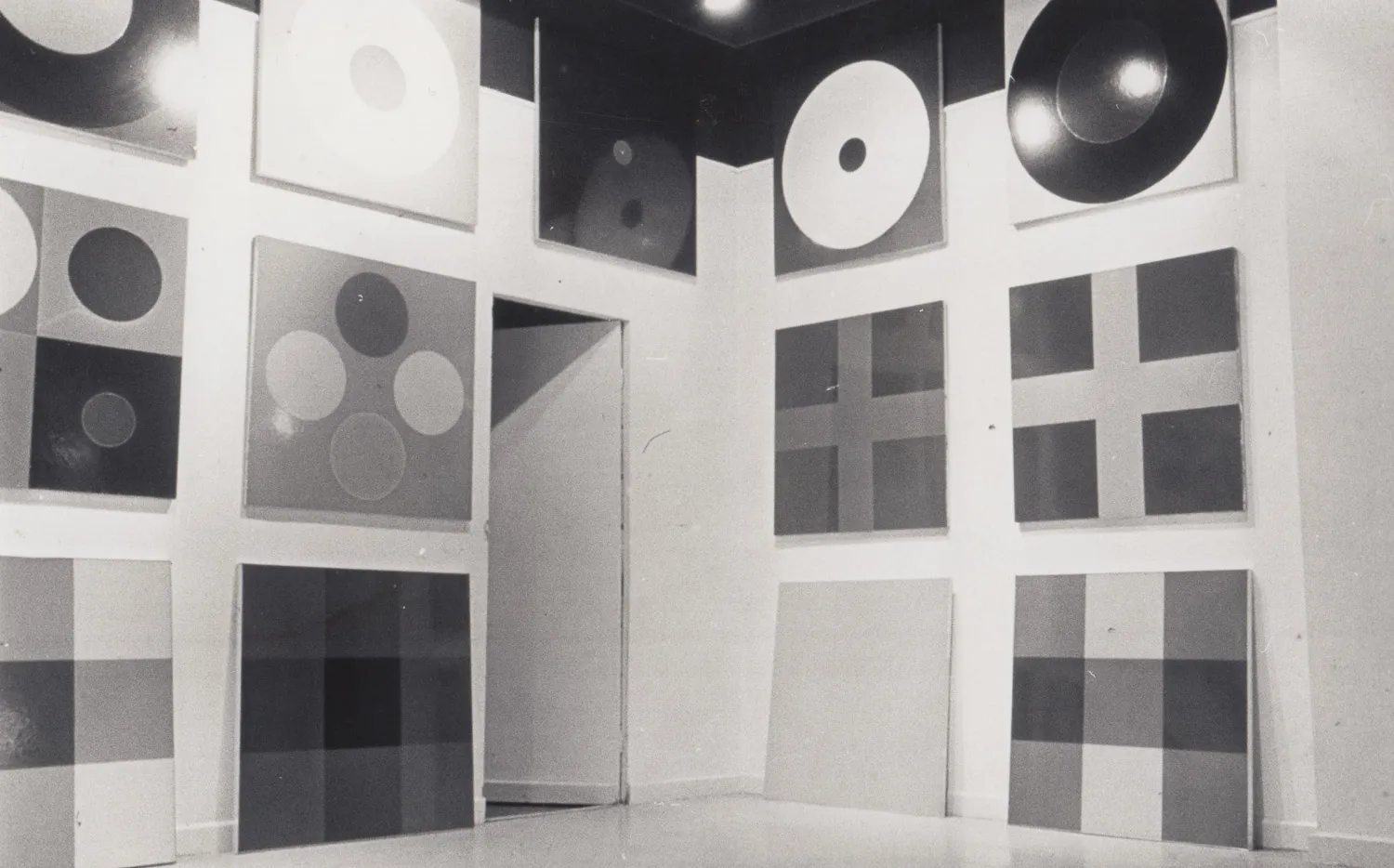
Gernes
Photo: Asger Sessingø
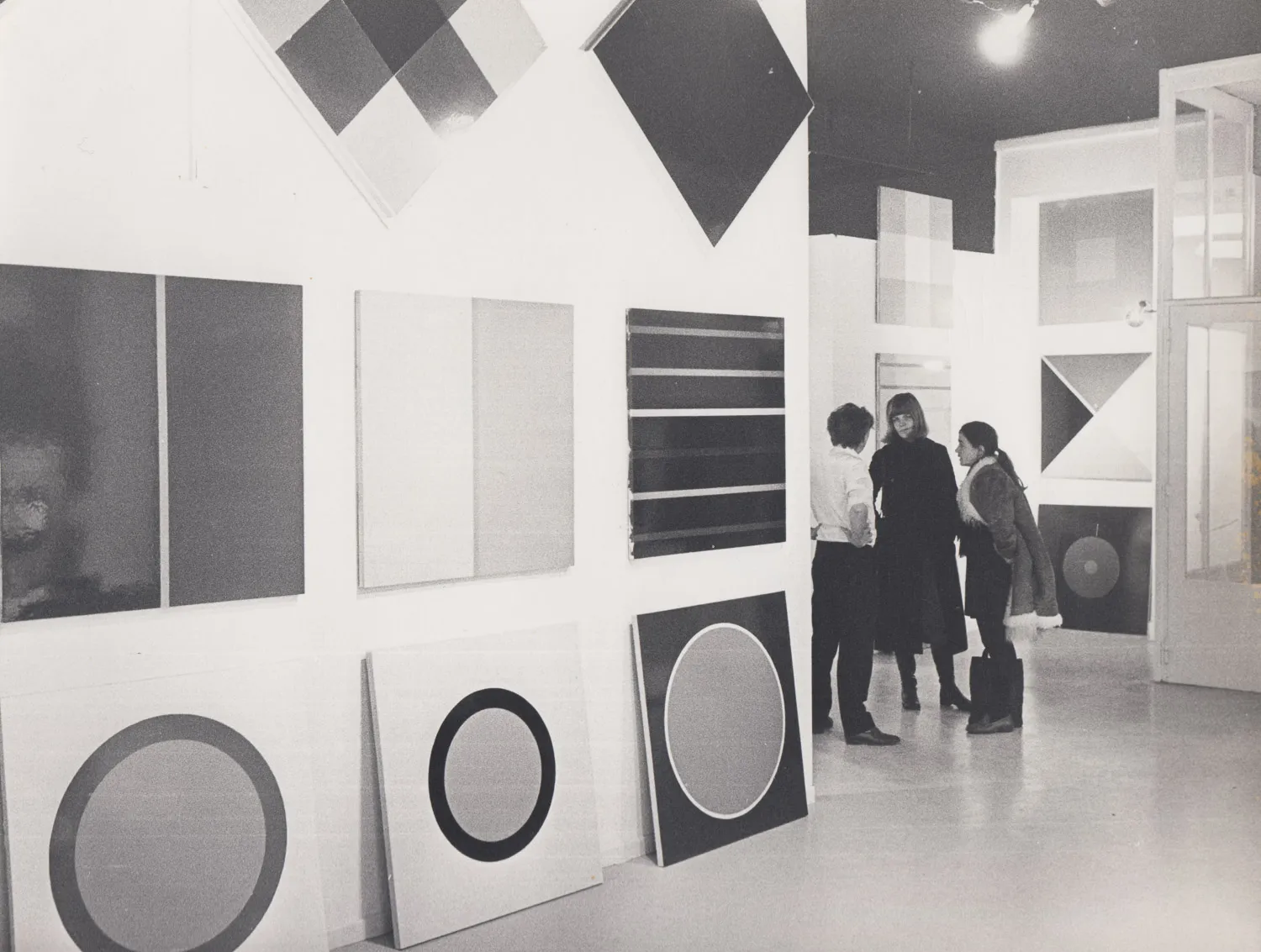
Gernes
Photo: Asger Sessingø
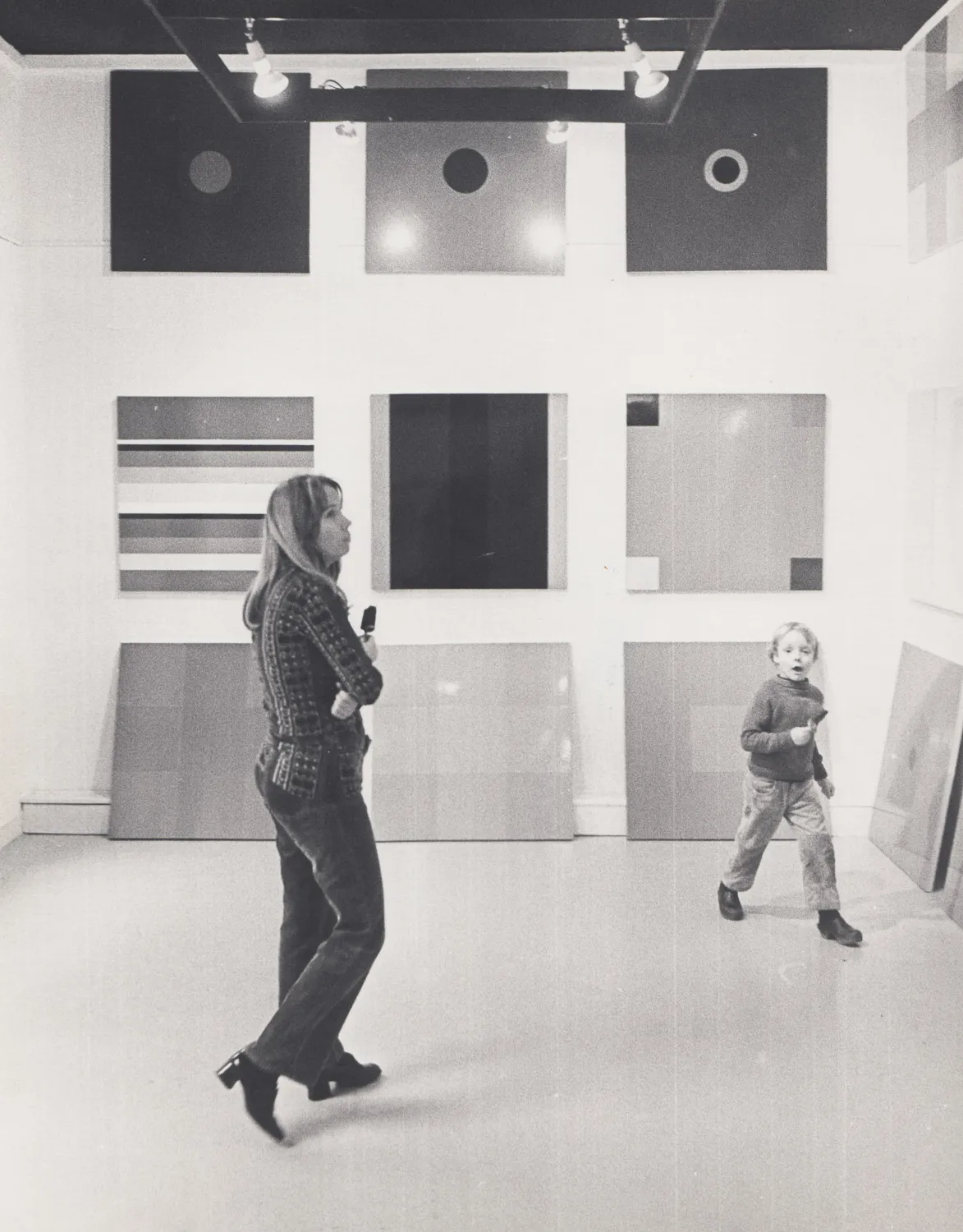
Gernes
Photo: Asger Sessingø
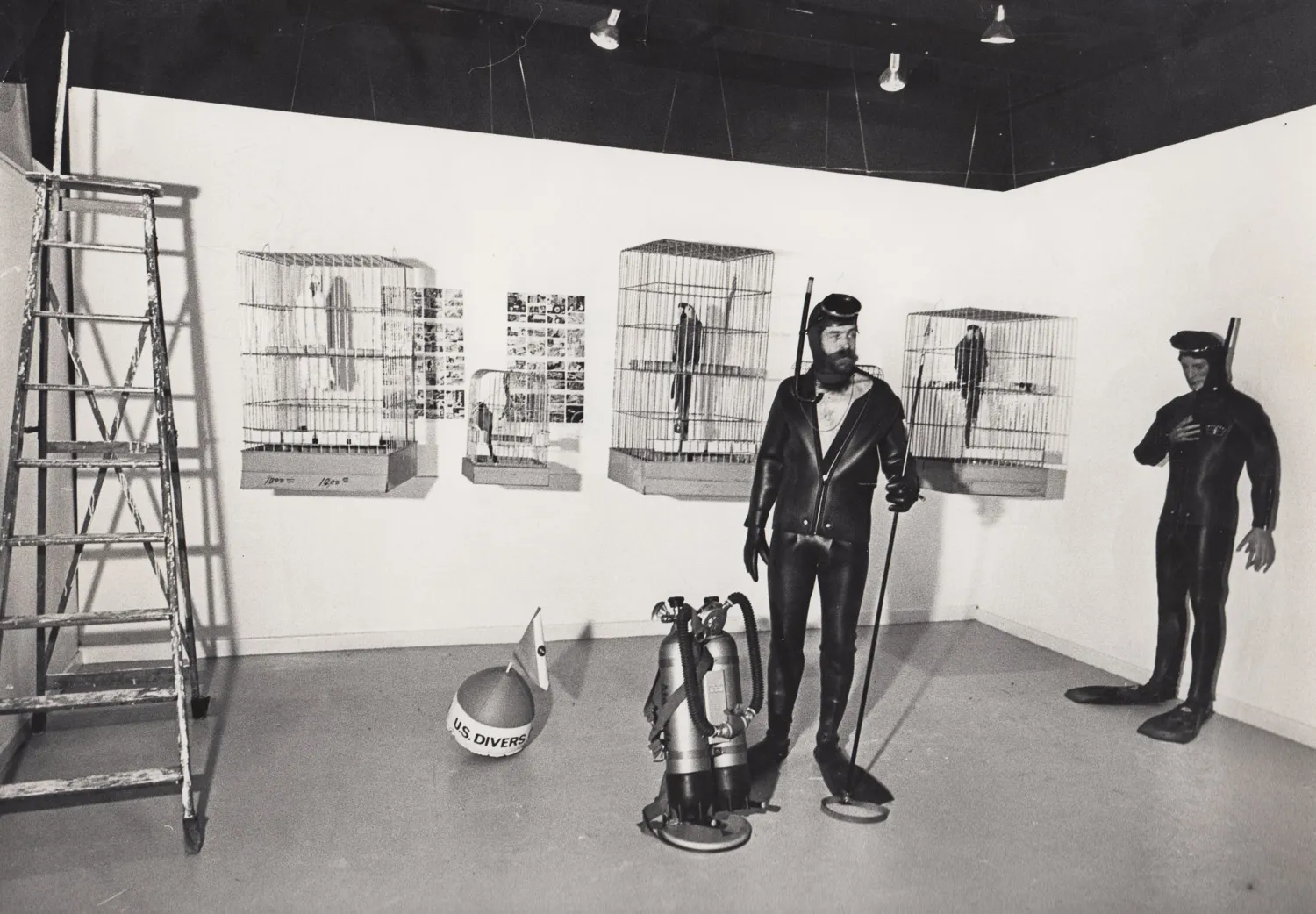
Gernes
Photo: Asger Sessingø
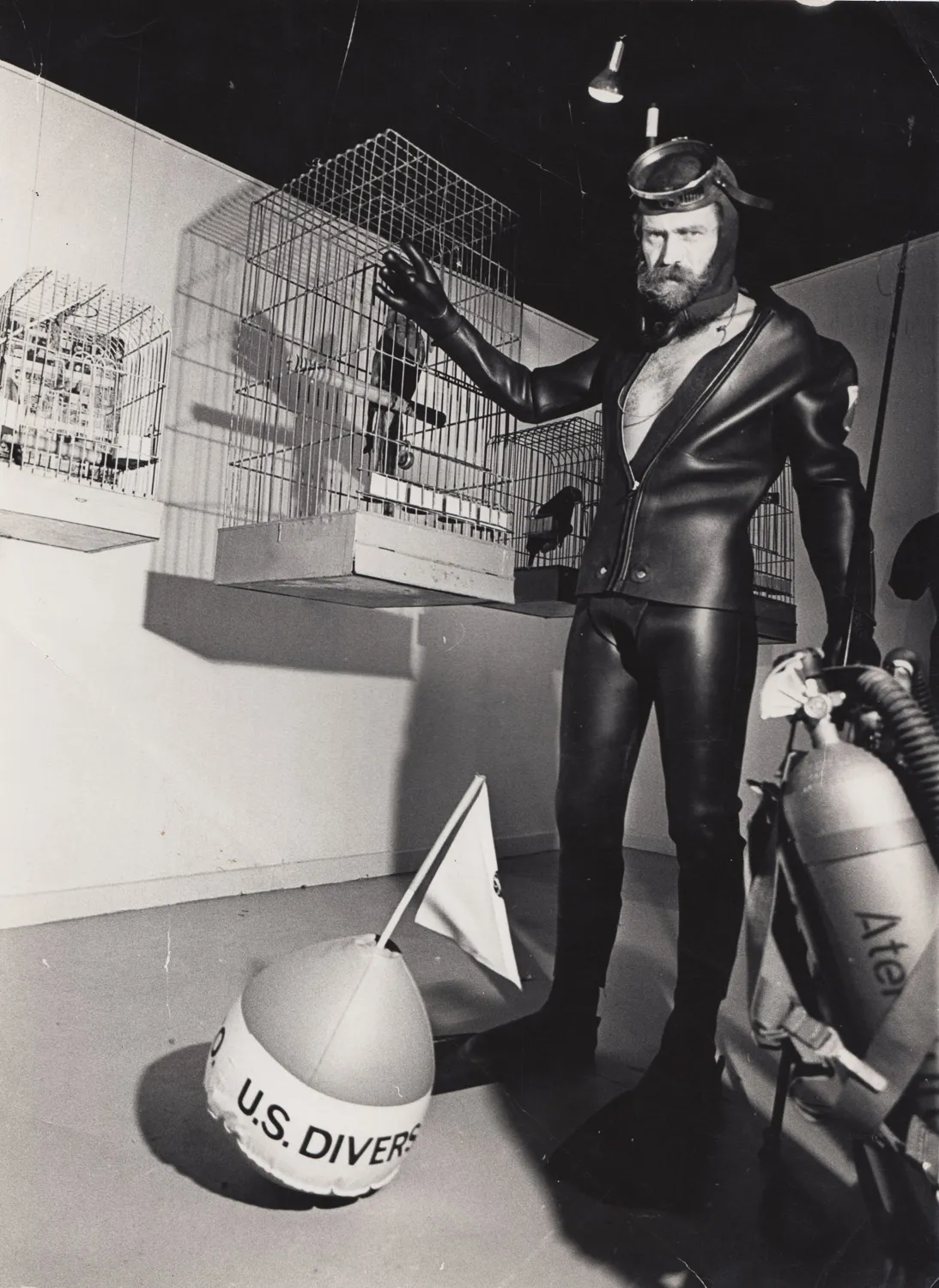
Gernes
Photo: Asger Sessingø
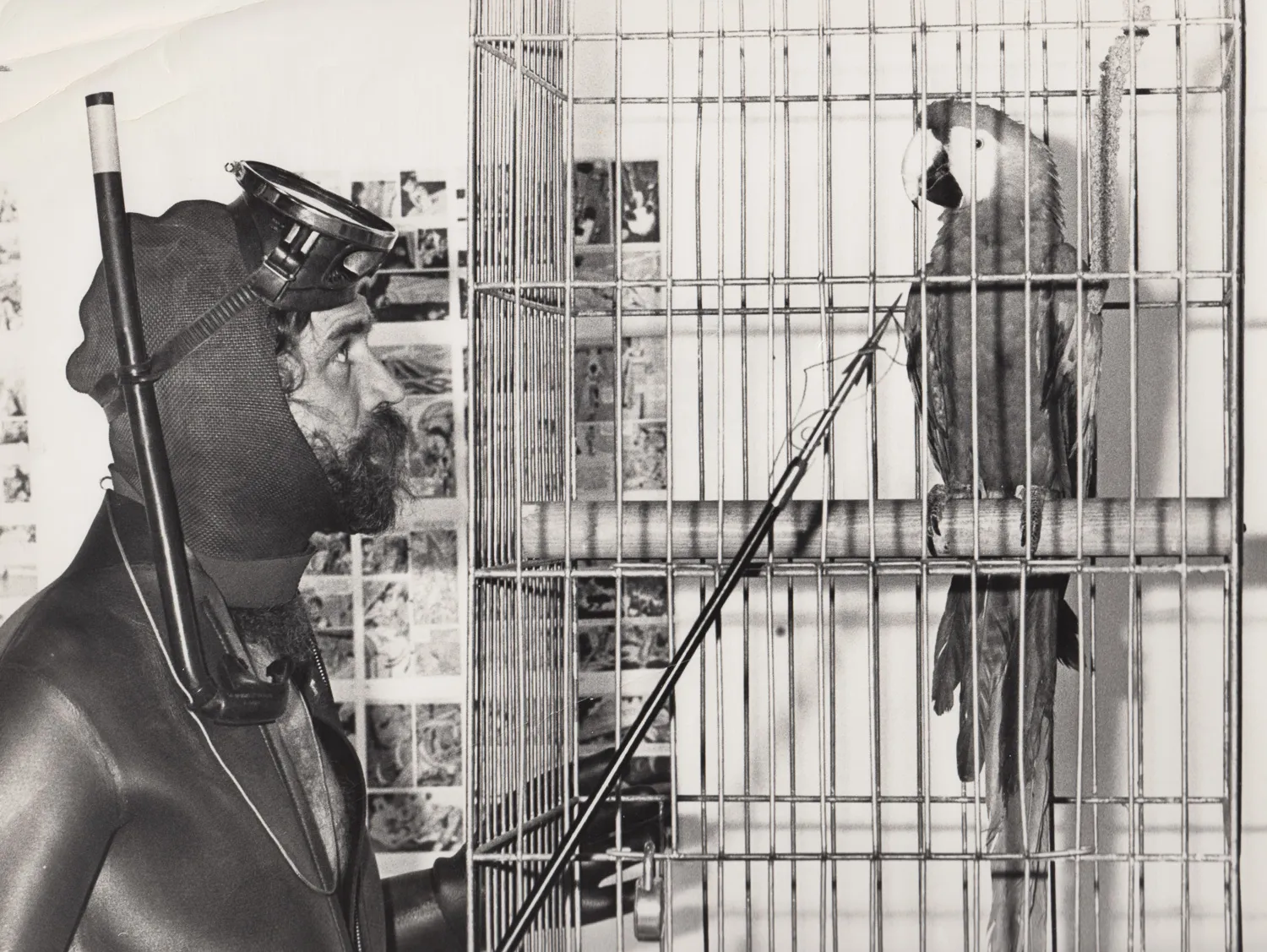
Gernes
Photo: Asger Sessingø
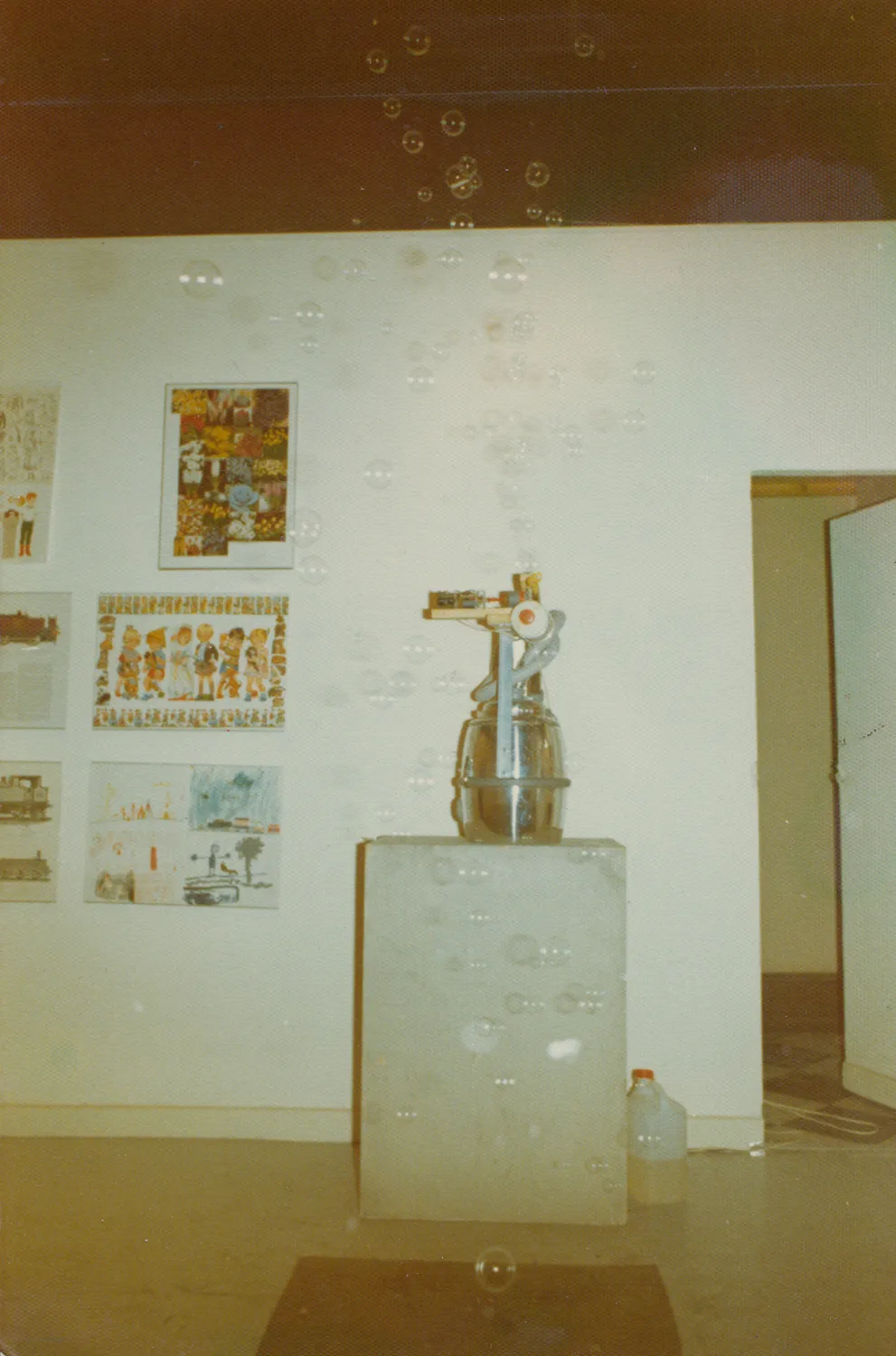
Gernes
Photo: Aase Seidler Gernes